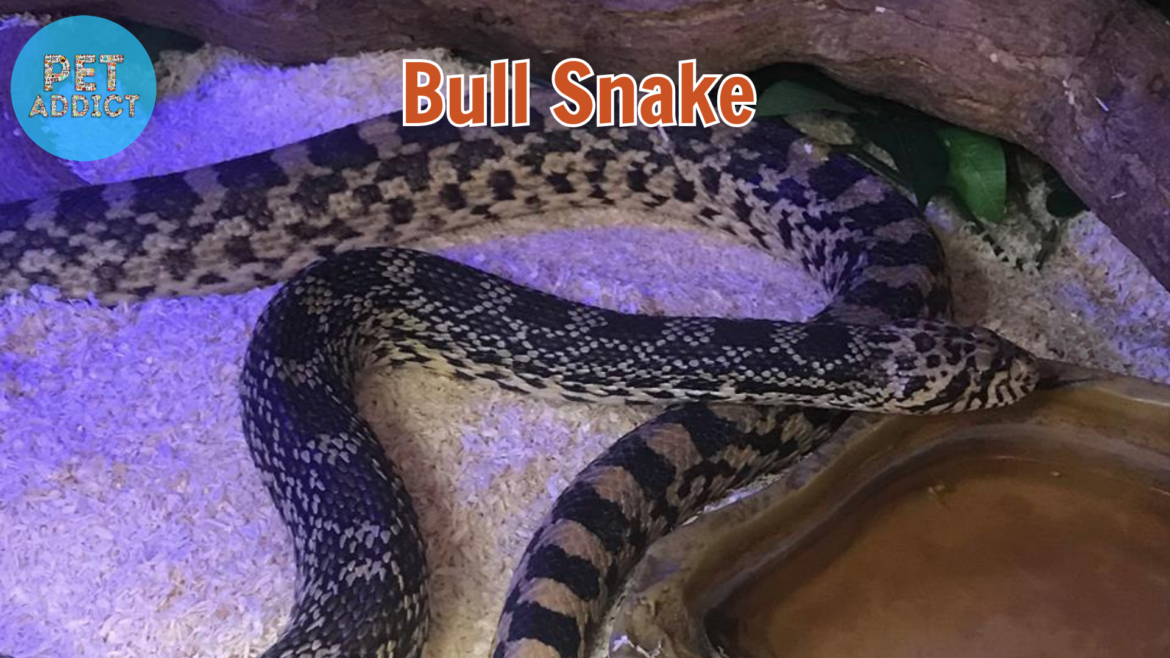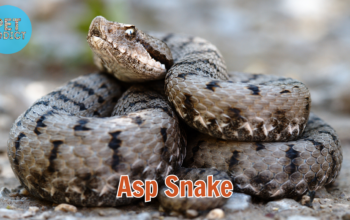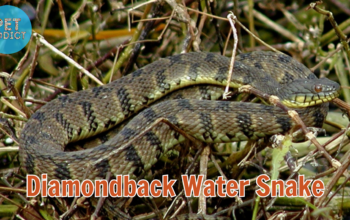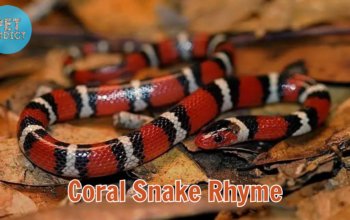Bull snakes are captivating reptiles that often draw attention due to their unique characteristics and behavior. In this comprehensive guide, we will delve into the intriguing world of bull snake, exploring their features, habitat, behavior, and much more.
PetAddict.net – The best place where you can find everything about your pet!
Introduction
Bull snake, scientifically known as Pituophis catenifer, are non-venomous reptiles belonging to the colubrid family. They are commonly found in North America and are known for their impressive size and distinct coloration.
Physical Features of Bull Snakes
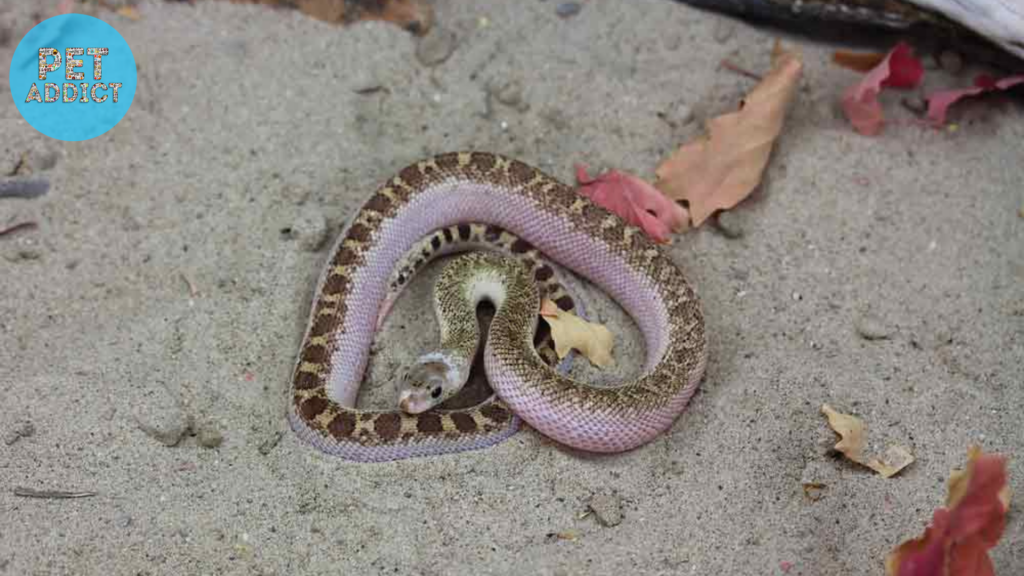
Bull snakes are among the largest snake species in North America, with adults reaching lengths of 4 to 6 feet on average. They have a robust body and a triangular-shaped head that is barely distinguishable from the neck. Their scales are smooth and come in a range of colors, including yellows, tans, and browns, often resembling rattlesnakes, which provides them with a natural defense mechanism.
Habitat and Distribution

These snakes are versatile when it comes to habitat. They are found in a variety of environments, including grasslands, deserts, forests, and even semi-urban areas. Bull snakes have an extensive distribution, spanning from Canada to Mexico.
Behavior and Diet
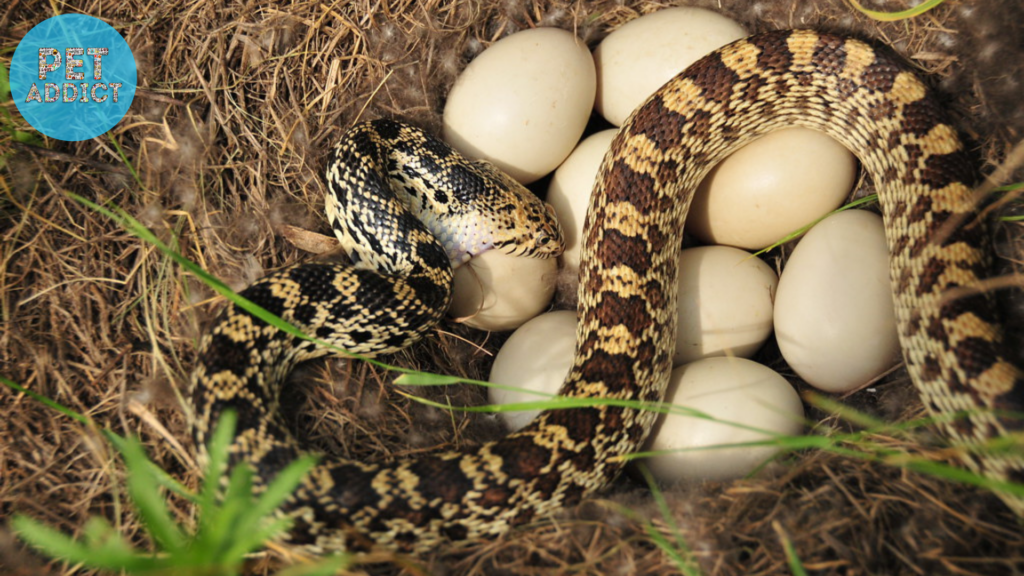
Bull snakes are diurnal creatures, meaning they are most active during the day. They are skilled predators that primarily feed on small mammals, birds, and their eggs. Their ability to mimic the rattling sound of a rattlesnake and their impressive striking range aid them in both hunting and deterring potential threats.
Life Cycle: Reproduction and Growth
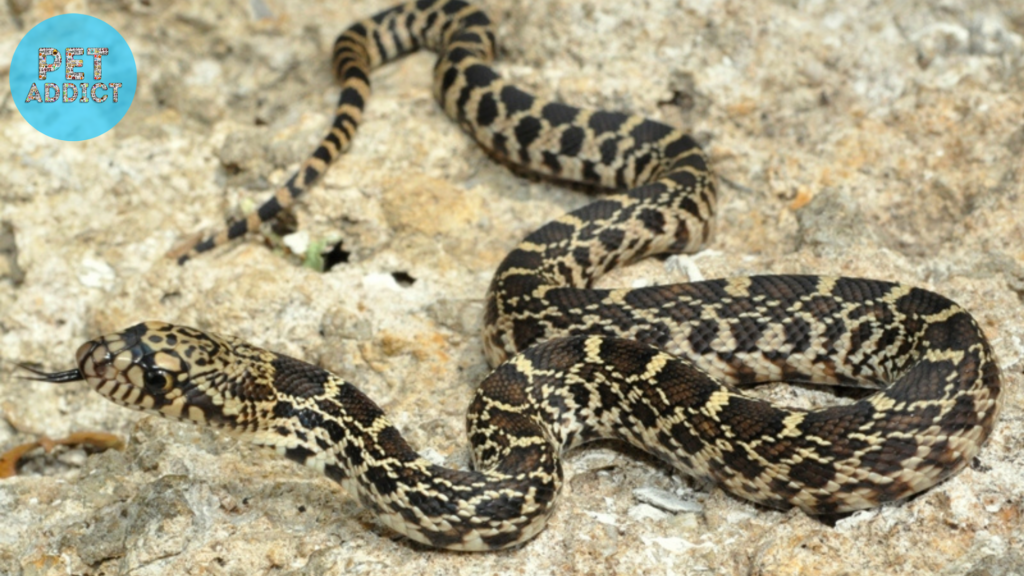
During the breeding season, male bull snakes engage in combat for the attention of females. After mating, females lay eggs in underground burrows. Once hatched, the young snakes are independent and must fend for themselves from an early age. Bull snakes can live for up to 20 to 30 years in the wild.
Interactions with Humans
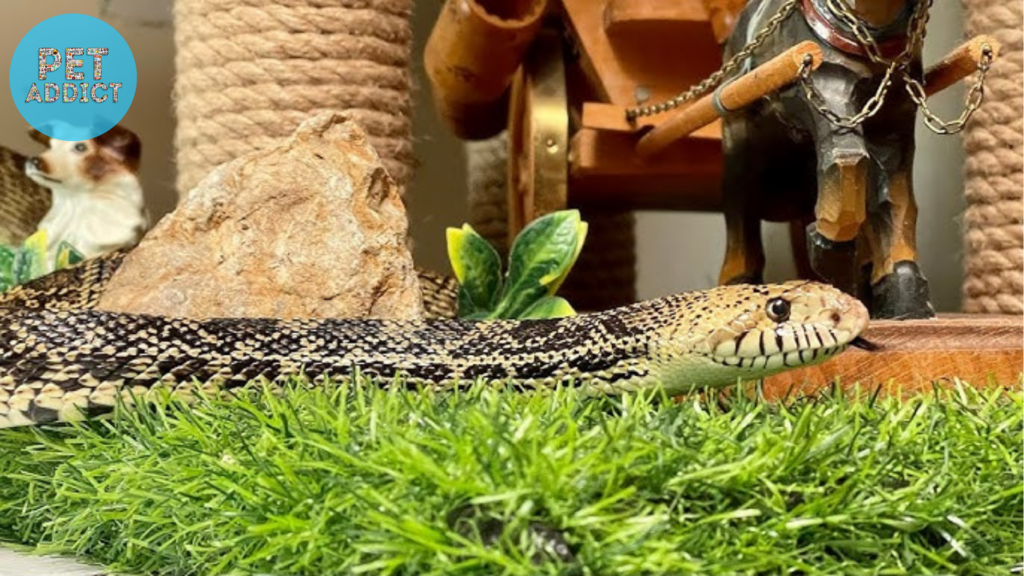
Bull snakes are generally docile and tend to avoid confrontation. However, due to their resemblance to rattlesnakes, they are often mistaken for dangerous species and are sometimes needlessly killed. It’s important to remember that these snakes play a crucial role in controlling rodent populations.
Myths and Facts about Bull Snakes
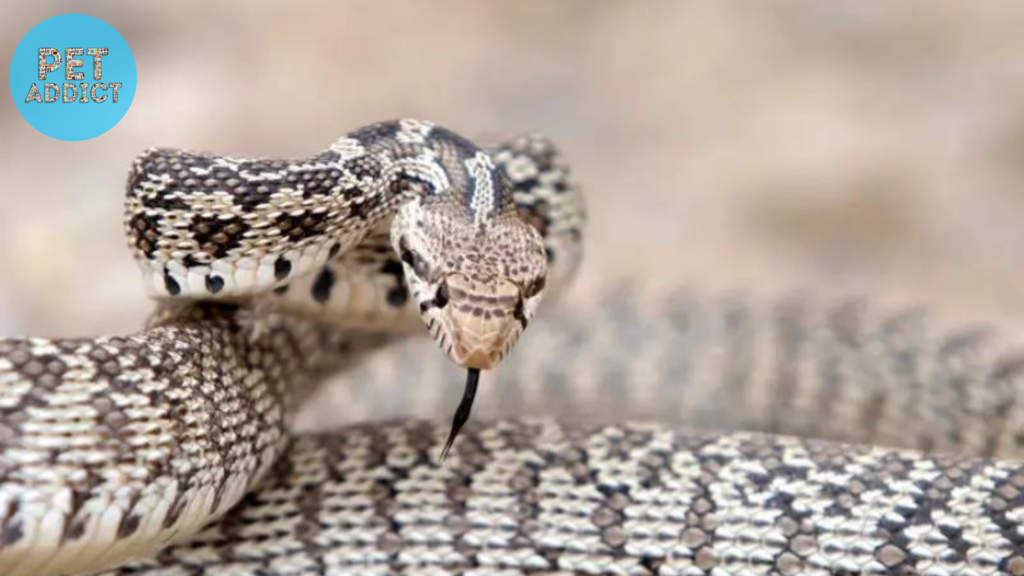
There are many myths surrounding bull snakes, such as their ability to suck milk from cows. In reality, they are constrictors and do not possess such abilities. Separating facts from fiction is essential to better understand and appreciate these fascinating creatures.
Conservation Status
Bull snakes are not considered endangered. However, habitat loss and human-induced threats can impact their populations. Efforts to conserve their natural habitats are crucial for their long-term survival.
Conclusion
In conclusion, bull snakes are remarkable reptiles that deserve appreciation and protection. Their unique features, adaptable nature, and important role in ecosystems make them a vital part of North America’s biodiversity.
FAQs
Q: Are bull snakes venomous? A: No, bull snakes are not venomous. They are non-venomous constrictors.
Q: What do bull snakes eat? A: Bull snakes primarily feed on small mammals, birds, and eggs.
Q: How big do bull snakes grow? A: Adult bull snakes can reach lengths of 4 to 6 feet on average.
Q: Do bull snakes make good pets? A: They can be kept as pets by experienced snake enthusiasts, but proper care is essential.
Q: Are bull snakes endangered? A: Bull snakes are not currently considered endangered, but conservation efforts are still important.

